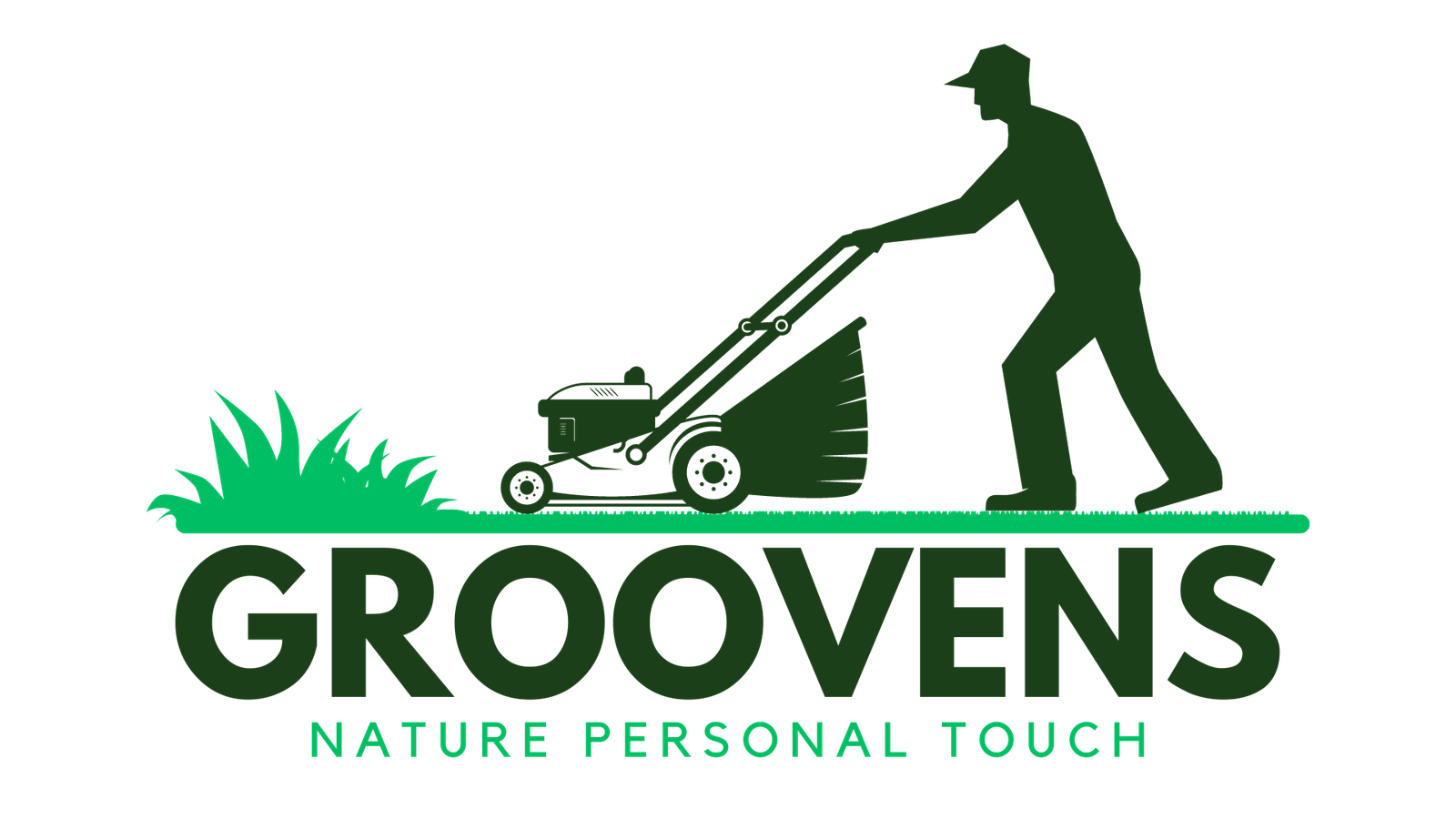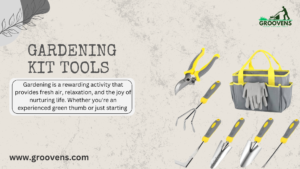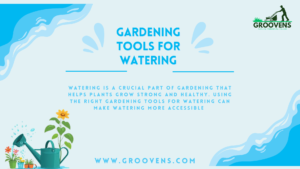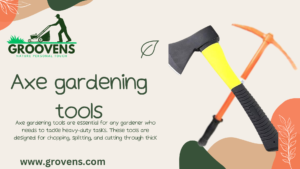Gardening tools are super helpful when we work in the garden. We use them to prepare the soil, remove weeds, and pick fruits and vegetables, but it’s important to sharpen garden tool regularly to keep them effective. They need to be strong to cut thick plant stems, break up hard soil, and carry heavy dirt and compost.
Thus, Good gardening tools can cost a lot of money. That’s why we must take care of them to ensure they last a long time and work well.
If you forget to sharpen your tools, they can get rusty. Rusty tools need to do a better job and can harm your plants. You might have to buy new tools.
To avoid this problem, always remember to sharpen garden tool.
Follow these steps to sharpen garden tool:
Gather equipment and tools.
Gardening equipment and tools are the things you use to take care of your garden. Here are some example of tools to sharpen garden tool:
Mill File: This is a long file, about 8-12 inches, with a comfortable handle that feels nice. Choose one that’s not too rough or smooth, depending on how sharp you want your tools when you sharpen garden tool.
Whetstone: This smooth rock-like tool. Rub knives and scissors and spin on them to make them sharp again when you need to sharpen garden tool.
Grinder or Diamond Hone: These are for larger tools like shovels and rakes. They help scrape off dull parts to make them sharp again.
Oil and Grease: Apply this to the tools to help them move smoothly while sharpening.
Clean Towel: Use it to wipe off any metal shavings or lubricant after you finish sharpening.
Safety Goggles: Wear these to protect your eyes from metal particles when you sharpen garden tool.
Remember, use the whetstone for smaller tools, while larger tools can be sharpened with a mill file or grinder.
Remove debris.
To keep your gardening tools clean and in good shape. Clean off any dirt, dust, or bits of plants using a wire brush, wire wool, or a clean cloth. For smaller tools, an old toothbrush works well. If you see a little rust, you can scrub it away with a rust-removing block or use a wire wheel attached to a drill.
If the rust is really bad, like there’s a lot of it, you can put your tools in white vinegar. The vinegar helps dissolve the rust, especially if you leave the tools overnight. This makes the rust softer, so you can clean it off more easily afterwards.
Wash and dry:
- Fill a bucket or sink with warm, soapy water.
- Put your tools in the water and gently move them around to wash away the dirt.
- After washing them, let them air dry completely before sharpen garden tool.
It’s good to do this the night before you want to use them for planting so they’ll be dry and ready to use.
Sharpen:
Put your tool on a strong table or use a clamp to hold it securely. Ensure you are comfortable and the tool won’t move while you work.
Helpful Tip
Garden tools can be sharper than kitchen knives.
The most important thing is to clean off any rust and dirt, make sure the edge is smooth and sharpen garden tool a bit so it works nicely again.
Sharpening technique for different sharpen garden tool
Sharpen garden tool makes gardening easier and helps them last longer. Here are some tips to sharpen each tool correctly for the best results.
Pruning shears and snips
To make pruning shears and snips sharp, first use a file to fix bumps and make the blade smooth. Next, use a diamond tool to make the edge sharp.
Focus on the diagonal part of the blade and keep the same angle. Most shears have one slanted edge, so sharpen only that side evenly. After sharpening, if the other side feels rough, gently smooth it with the file or hone.
Harvest Knives and Straight-edge Hoes
These steps will help you keep your harvest knives and straight-edge hoes sharp and effective for gardening tasks.
- Diamond Hone for Knives: Keep a diamond hone along the knife edge in one direction to keep it sharp.
- Flat File for Hoes: Use a flat file on hoes to keep them sharp.
- Keep the Angle: While sharpening, maintain the same angle. Knives need about a 20-degree angle, and hoes need a wider angle for best results.
- Use Coarse and Fine Hone: Star with the rough side to fix dull spots. Then, use the fine side for a smooth finish when you sharpen garden tool.
Trowels and Spade Shovels
Their tips should be slightly sharp to maintain trowels, and spade shovels should be smooth because they’re used in the dirt. After using them a lot, gently smooth the edges with a sharpen garden tool or a file to make them neat again. Hold the file steady and flat, moving it carefully. A few times should do the job. Check for any dents or bumps when you finish.
Broadforks and Other Non-Sharp Tools
Even if garden tools like broad forks are not meant to be sharp, they still need regular care. It’s important to check for loose screws or parts and make sure they are secure. After each use, clean off dirt to stop rust.
Cleaning & Oil Treatment
Use a wire brush to scrub off dirt and rust. After cleaning, put some oil on the tool, like Camellia oil. These stop rust and help parts move smoothly.
Re-Shape Any Tools in Need.
Tools such as broad forks, straight-edge hoes, or hand rakes might need fixing because they got damaged while you were using them last season.
Fixing these tools is hard work and might need a clamp and a blowtorch. Our farm has rocky soil, and one of the broad fork’s parts bent after hitting a big one. If this happens to you, clamp the tool down, heat the bent part with a torch until it is warm, and gently tap it straight with a hammer. You can use the same method to fix a spade that’s been dented or a rake that’s twisted. Be very careful with the heat and when using the hammer.
Oil
After you sharpen garden tool, put a little oil on them. This stops rust and helps the tools work better. A little goes a long way. Use a clean cloth to spread the oil on all the metal parts.
Oil option
You can use different oils for your garden tools. Good choices are Tung oil, linseed oil, and walnut oil. These oils dry fast and protect against rust and moisture. Linseed oil is great for wooden handles because it soaks in and keeps the wood in good condition.
Storing
To keep your tools in good condition:
- Store them in a dry, clean place that’s easy to reach.
- Please do not leave them on the ground where they could get wet or damaged.
- Use a strong hook or shelf to hang them up safely.
This keeps your tools dry, clean, and always ready to use when you need them.
Mineral oil
Using mineral oil is a good idea when you store tools for a long time, like during the off-season. It’s thicker than regular oils and creates a stronger barrier to stop rust.
Conclusion
Keeping your garden tools sharp is not just about maintenance; it’s about making gardening easier and safer. Sharp garden tool make cleaner cuts with less effort. At Lowcountry Ace, we understand this well. We help create a community where well-cared-for tools make gardening safer and more fun, like turning a chore into a hobby you enjoy.




